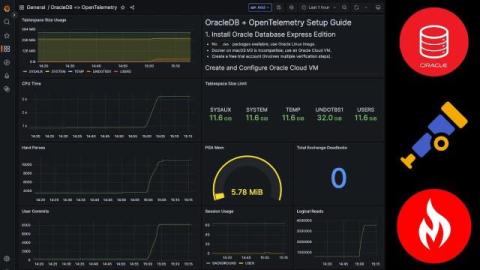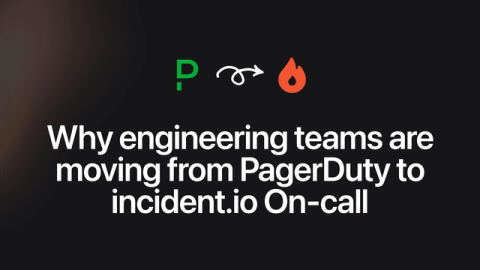The State Of FinOps 2025: Cloud+, AI Visibility, And Other Key Takeaways
The FinOps Foundation just released the sixth installment of its annual State of FinOps report. The 2025 installment contains a few key themes: In this blog, we give a little more detail on each, highlighting key statistics and takeaways from the State of FinOps 2025.











